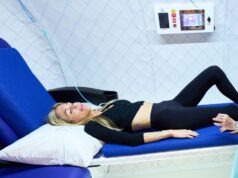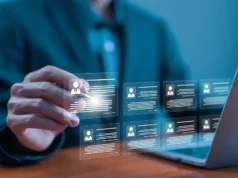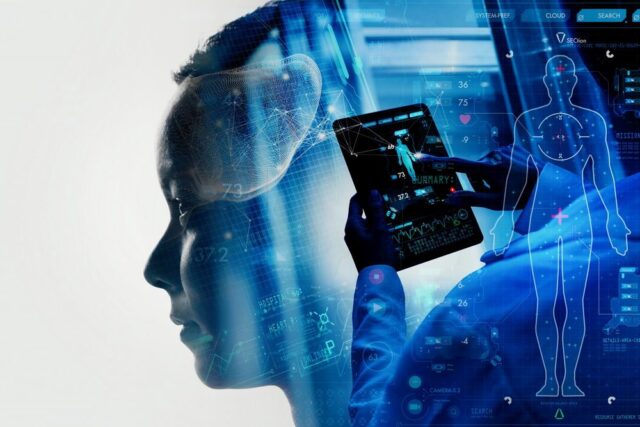
Technology drives incredible advances, improving healthcare and medical treatment. Innovations like artificial intelligence, genomics and robotics take patient care to new frontiers when blended with human skill and empathy.
These innovative breakthroughs improve diagnosis, treatment, and monitoring. They then give more precise, preventative, and personalized care.
From virtual consultations to robotic surgeries, technology elevates the abilities of medical professionals while at the same time increasing access to quality healthcare.
As these innovations continue to evolve, there is the potential to revolutionize the way health and well-being is approached, which will then foster a future of better outcomes and longer, more enriched lives.
Telehealth Services
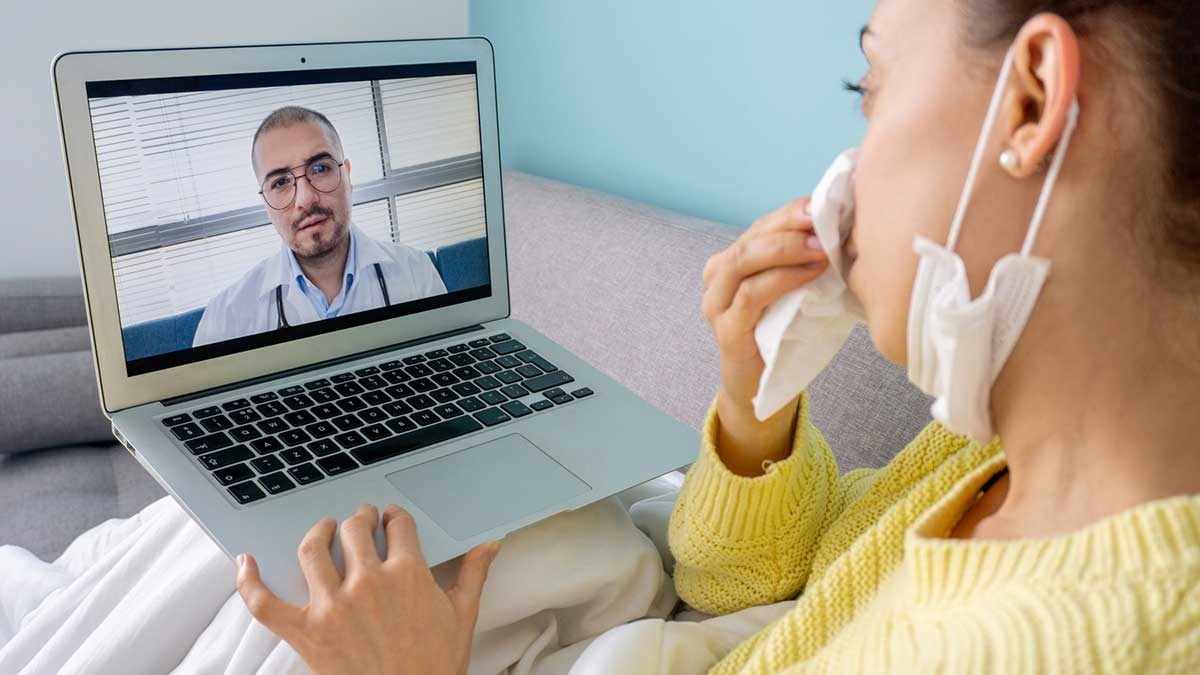
Telehealth uses technology to deliver virtual medical care remotely through video chat, text messages and phone calls. This makes basic health services more convenient for minor conditions without requiring in-person hospital visits. Telehealth includes options like:
- Video doctor consultations using smartphones or computers.
- Health chatbots answering common questions.
- Remote patient monitoring with wearable devices.
Wider telehealth availability reached more people safely during COVID mobility restrictions as well. Blending virtual and in-person care promises more holistic health provision.
Artificial Intelligence (AI)
AI refers to intelligent computer systems that learn and improve at tasks like data analysis, pattern recognition, and automation without explicit programming.
In medicine, AI helps doctors provide faster, more accurate diagnoses by processing patient data from tests and medical records against scientific literature, revealing insights hard to spot manually.
For example, algorithms can integrate years of historical disease factors and outcomes to determine the likelihood of pneumonia versus lung cancer based on a patient’s specific vitals and symptoms.
AI may propose additional diagnostic actions as well. Such augmented decision support leaves doctors better informed.
AI also manages routine administrative tasks like appointment bookings and claim submissions, freeing up clinician time.
Healthcare chatbots powered by AI even answer minor customer queries on topics like billing processes or pharmacy hours via text and voice interactions.
By managing mundane tasks, AI amplifies human capabilities by delivering more responsive and personal care. Over time, machine learning will enable AI to diagnose a growing number of minor illnesses as well.
While still an emerging technology, AI promises immense potential in improving patient outcomes as computing power and medical data training sets continue growing.
In the near future, scientists expect AI diagnostic accuracy will match seasoned physicians across hundreds of diseases.
Algorithms are also predicted to play an assisting role in screening medical images and cellular structures for identifiers of cancer or eye disease, for example.
More data further allows AI modeling of how individual health factors interrelate, uncovering new breakthrough treatment options using available medications.
Top hospitals already actively invest in specialized AI units customized to transform roles from predictive diagnosis to personalized care plans.
Continual AI development may reshape global healthcare in the coming decades by democratizing access to elite knowledge.
IoT for Healthcare
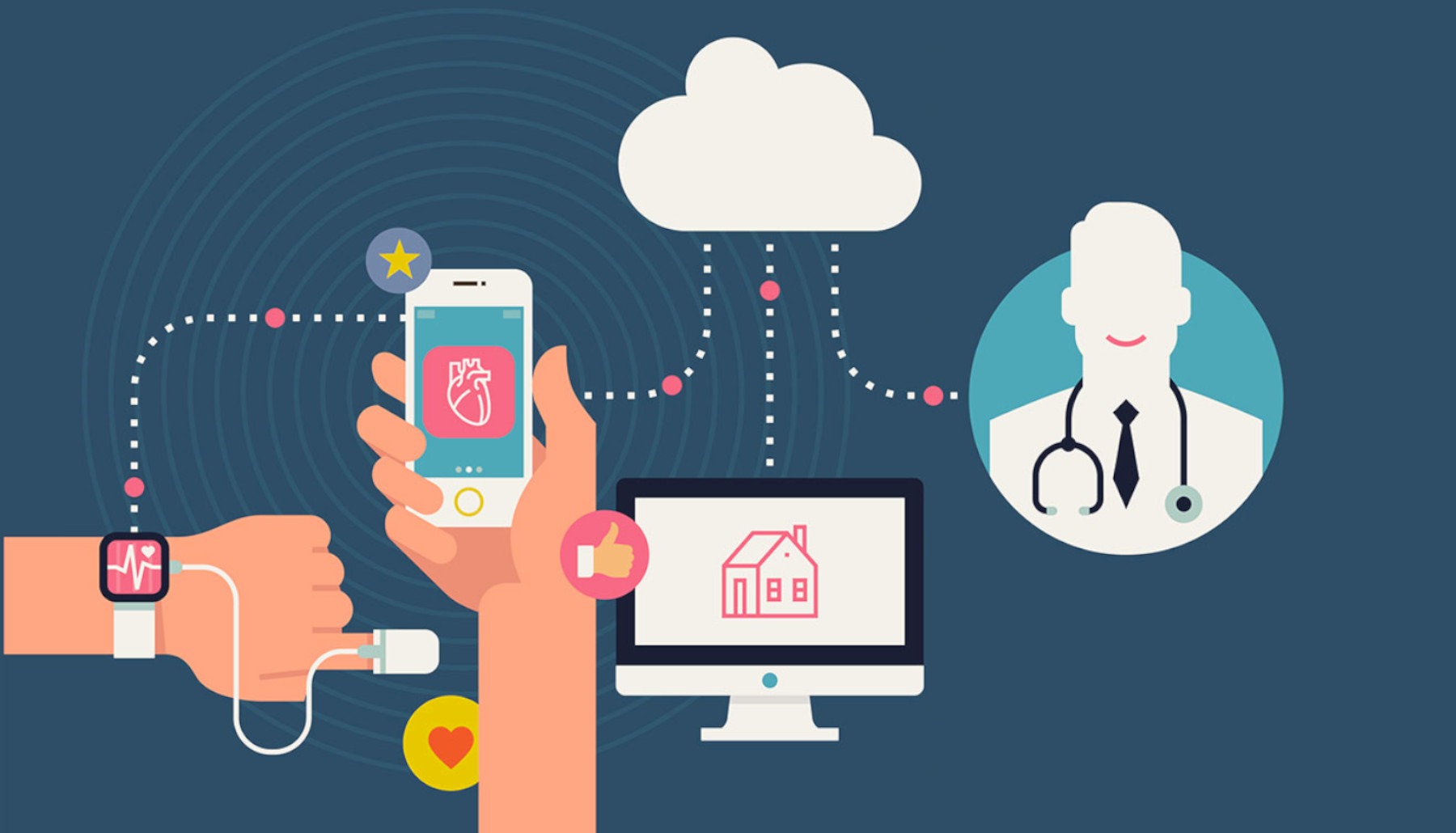
The Internet of Things (IoT) refers to internet-connected sensory devices that can monitor and share real-time data on environmental conditions like temperature or location. According to the experts over at Blues Wireless, IoT for healthcare takes the form of wearable devices and at-home sensors tracking patient health data 24/7, such as:
- Fitness trackers measuring heart rate and activity.
- Smart thermometers monitoring temperatures.
- Blood pressure devices assessing hypertension.
These connect-to apps inform both patients and doctors of emerging risks, like dangerous arrhythmia or spikes indicating infection before complications escalate. Preventative care enabled by health IoT aims to reduce hospitalizations through early intervention. Data further trains more accurate AI prediction models over time as well. IoT connectivity keeps patients safer at home.
Robotic Surgery
Robotic surgery utilizes specialized medical robots designed to perform complex operations with enhanced precision, stability, and access.
Surgeons control these devices remotely while receiving 3D vision and haptic feedback for intuition. Tiny wristed instruments also extend reach into confined sites in minimally invasive ways.
This advances complex procedures like tumor removal or organ transplant with reduced risk and recovery times given delicate robotic dexterity beyond human capability.
Genomic Medicine
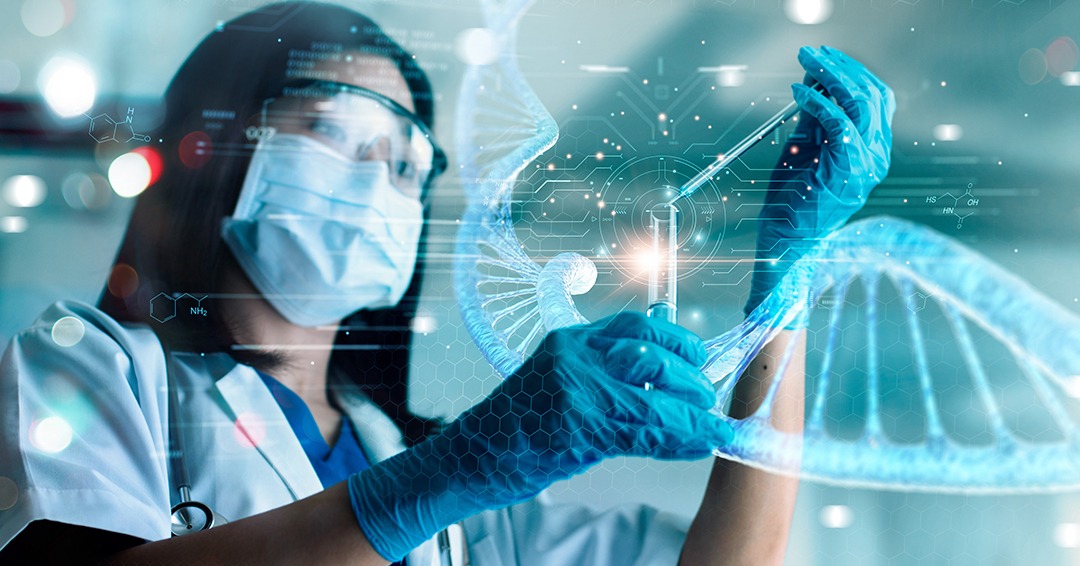
Genomics represents understanding health implications hidden within human DNA to direct personalized treatments based on patients’ unique genetic profiles.
Rapid genome sequencing uncovers hereditary conditions and disease predispositions years before symptom onset. Such insights guide lifestyle changes and clinical interventions to significantly improve outcomes.
For example, doctors prescribe heart protecting drugs proactively to patients genetically prone to arrhythmias and modify diets for those intolerant of certain nutrients.
Beyond disease insight, genomics promises custom therapies engineered against the specific genetic drivers fueling each individual’s cancer strain as well.
Genomics shifts medicine into predictive, preventative and targeted care customized for every patient.
Implanted Biosensors
Implantable biosensors represent miniature chips inserted under a patient’s skin to wirelessly transmit vital statistics like oxygen saturation, glucose levels, or tissue damage biomarkers 24/7 to external receivers.
Doctors remotely monitor changes indicating deteriorations to catch complications early before conditions become critical. Patients likewise receive warnings on harmful patterns.
Some companies are currently developing biosensors that can last years without batteries to chronicle broad wellness metrics beyond what external wearables can noninvasively capture. Implants promise round-the-clock visibility as the next generation of care.
Robot Assistants
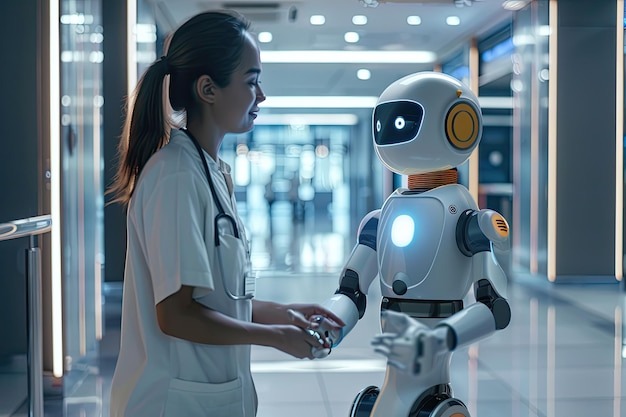
Service robots eliminate heavy lifting risks for nurses while boosting hospital productivity. Machines transport pharmaceuticals, meals, medical equipment, and waste between departments autonomously.
UV disinfection robots also clean patient rooms after discharge using ultraviolet light without chemicals to remove dangerous pathogens.
Other prototypes feed and bathe bedridden patients or turn them to prevent bedsores. Automating grueling tasks among staff stretched thin allows more caregiving time with patients who need empathy. Assistant robots elevate hospital capacity and safety.
Conclusion
Technology propels healthcare’s innovative ever higher through innovations spanning robotics, genomics, sensors and intelligent software. Medicine now delivers increasingly personalized, predictive and responsive treatment for better recovery chances.
Wearables monitor at-risk patients remotely while AI consults flag early disease indicators. Robotic surgery, biosensors and genomic sequencing enable bespoke interventions as well before conditions escalate.
And virtual care channels patients to the right level of support anywhere. Advanced assistance promises longer, healthier and more enriched lives by elevating healers’ capabilities.

